Barnard Castle, located in County Durham in northern England, is the name of the market town and the castle that it was named after. The town is known for its large museum dedicated to the deocrative arts and its castle, which dates to the late 1000s and early 1100s. A knight named Baliol built the castle and lived in it, and his nephew Barnard inherited it and finished building it, and that is where it got its name. The castle is now in a ruined state but is well worth a visit because much of it can be walked around, and it has nice views over the river Tees below.

The castle is located in the town of Barnard Castle, which has an attractive market building and other old medieval buildings. The history of the area is that the appointed Norman bishop was murdered, leading to chaos in the area, so the area was divided up into more manageable districts to bring in order. The castle itself was important in protecting Elizabeth I from northern earls.

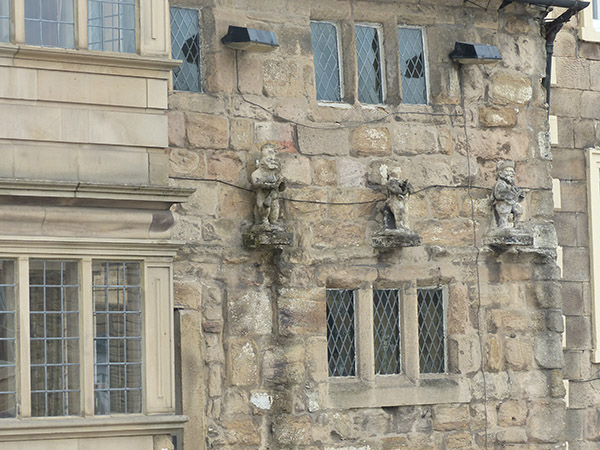
The castle was handed down to Richard III who used it as his favourite residence. Many years later, the castle was sold by the crown along with Raby Castle, and the new owners used Raby Castle as the primary residence. As a result, Barnard Castle fell into ruin, and stones from it were used to make improvements to Raby Castle.
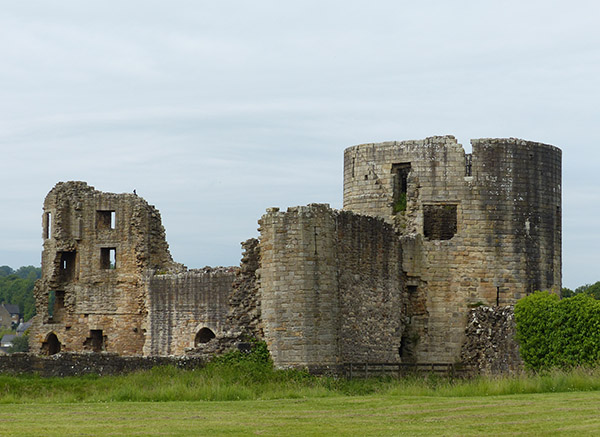
Walter Scott the poet visited this area and set one of his poems at Barnard Castle, and Charles Dickens was also inspired by the town and included it in his novels.
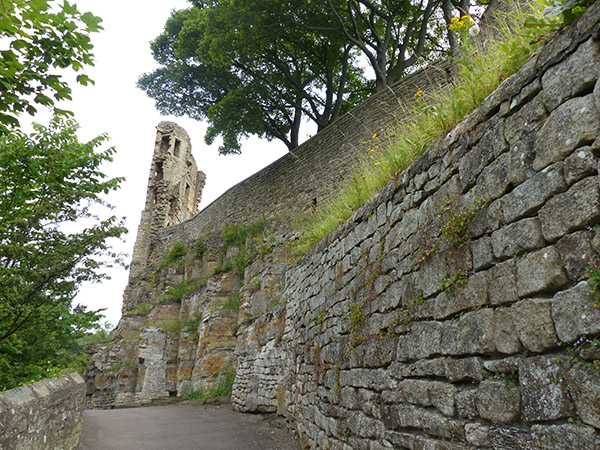
Although I parked in the centre of the town, I wasn't sure if I could access the castle from the town so walked down the street and then back up the hill by the river, where a pathway walks along the castle's old walls.
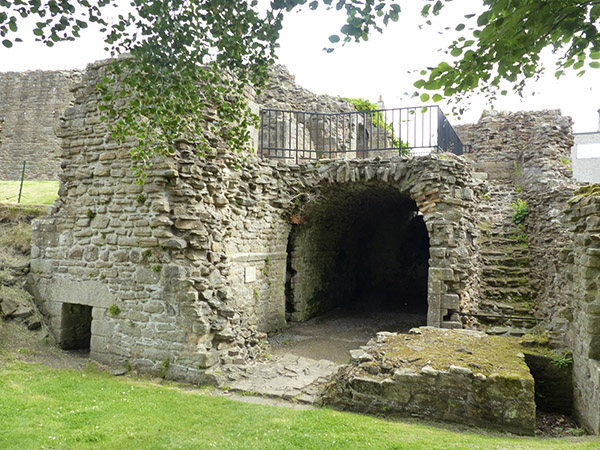
Once inside the castle, I began to explore the old walls and rooms. Above is Brackenbury Tower, thought to be named after a lieutenant at the castle during Richard III's time. The tower was built in the 12th century. The room that is still intact contains very thick walls and was used as a storeroom and residence.

The great ditch (pictured above) was improved and dug deeper as a better defense and also a shortcut to the river below.
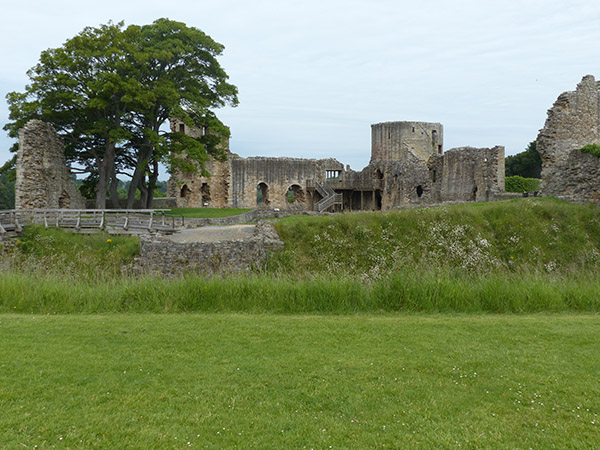
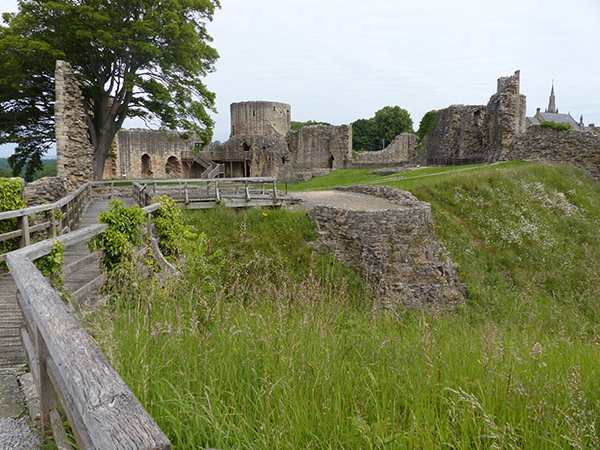
The views over the old bridge and over the Tees river were impressive from the top of the castle. The bridge used to mark the boundary between two counties, so illegal marriages would happen in the centre of the bridge.


Mortham Tower (pictured above) was a look-out tower and was the tallest structure.
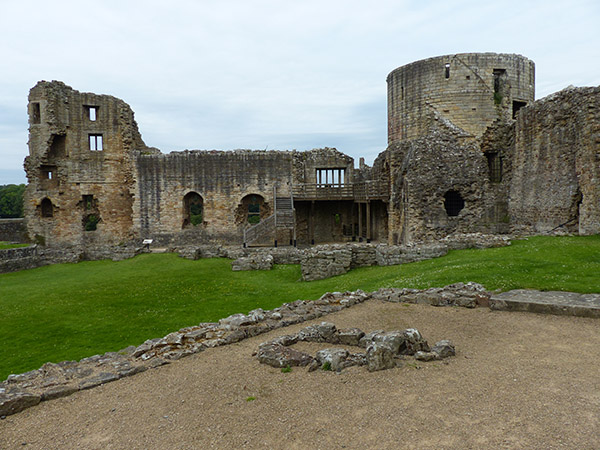
There is only a small section of castle that can be climbed or entered, and that is the circular tower. The circular tower was known as the round tower, and it included the private residence of the lords of Barnard Castle. In this area is a faint carving of a stone boar, associated with Richard III.
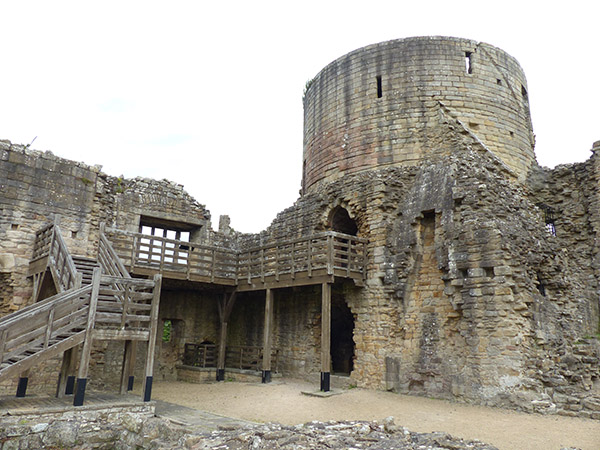
The window below looks out to the bakehouse, which was a separate building away from the others in case of fire. The remains of a simple oven and a cistern lined with stone can be seen. The small bank here where the bakehouse was built was all that remains of the first and original earthwork defenses before the stone castle was constructed.
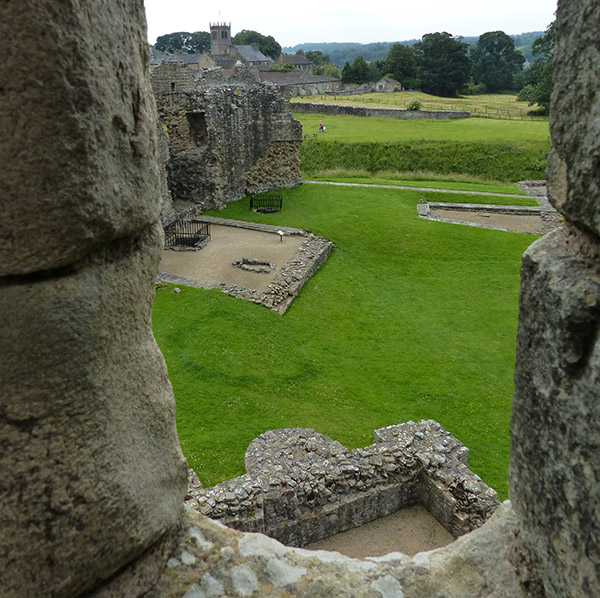

This includes a well room at the bottom of the tower.
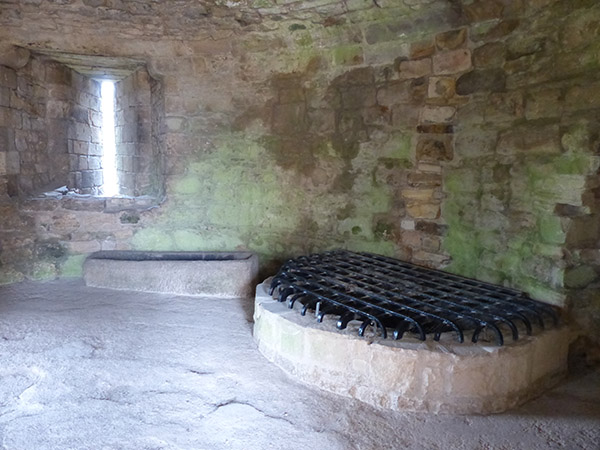
That marks the end of the tour of Barnard Castle, and the town and castle is certainly worth a visit. I would have enjoyed spending a little longer here, but time was limited.
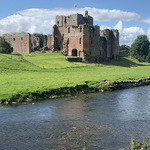
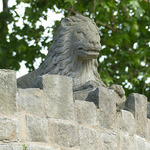

Leave a comment